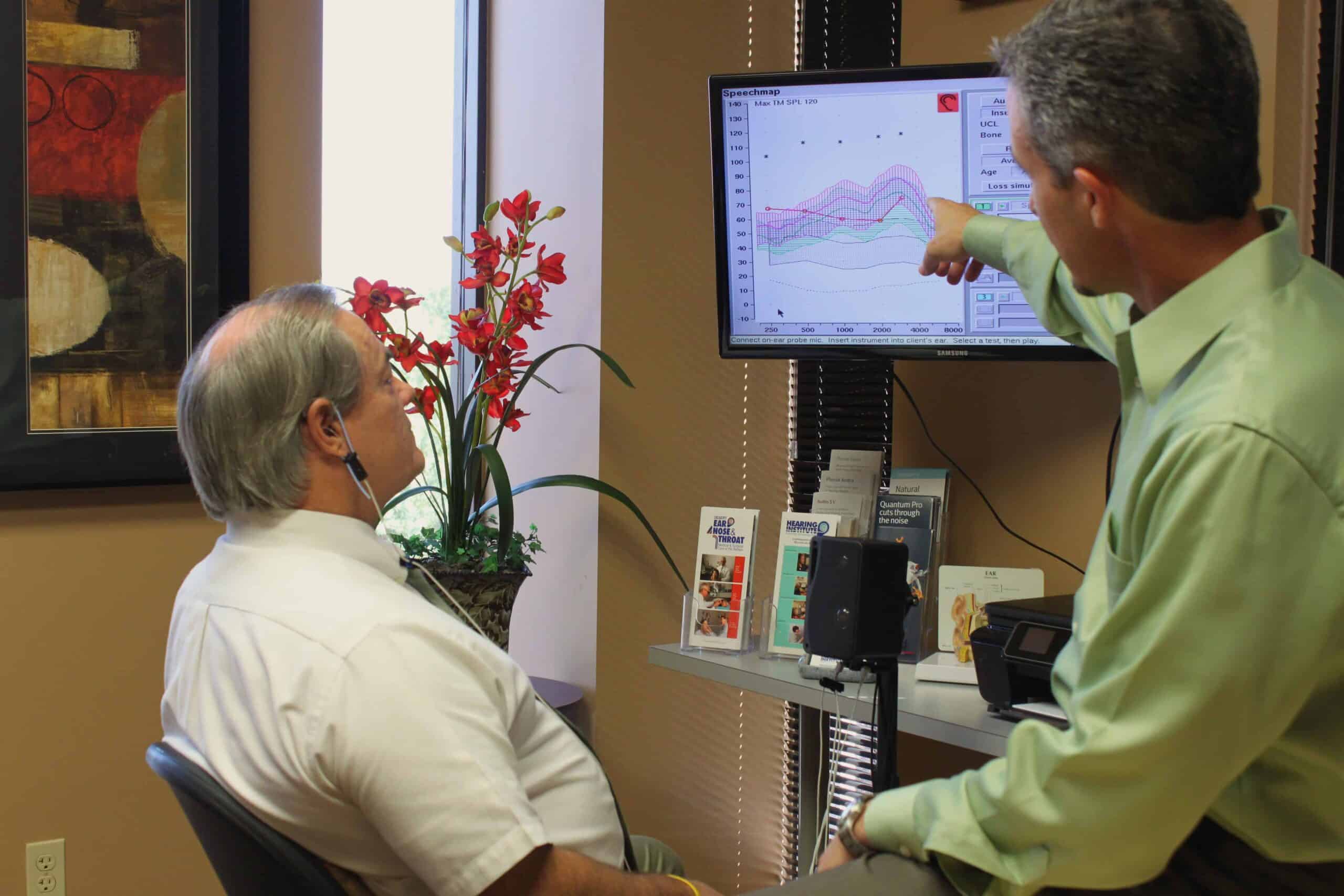
For years people have been coming into our office complaining about understanding conversations in a noisy room. In most cases we perform a diagnostic evaluation and determine the patient has a hearing loss in the high frequencies. This loss reduces the perception of the high frequency consonants in speech, thereby reducing clarity. A properly fit hearing aid can replace the audibility of consonants and improve clarity in most listening environments.
Occasionally, we would see relatively young patients with no detectible hearing loss who complain about struggling to communicate in restaurants and crowds. After a hearing test, we would let them know the good news “your hearing is normal and you don’t need a hearing aid”. In some cases these patients were distressed, hoping they could get help from a hearing aid because they were so sure they had a problem. Now research is beginning to suggest that these patients were right. They had a kind of loss standard tests could not detect. A “hidden loss” only evident when the hearing system is stressed by noise.
In normal ears, sounds are transmitted by air through the ear canal, transferred to vibrations by the ear drum, then to waves of fluid in the inner ear. The inner ear has hair cells arranged like keys on a piano that bend sending electric impulses down the cell through a “synapse” to the nerve. The synapse is like a relay station between the hair cell and the nerve. With typical hearing loss, the hair cells become damaged and unresponsive resulting in a loss of audibility. With hidden hearing loss, the hair cells work but the synapses don’t relay the information with the same resolution (called cochlear synaptophy). According to researchers at the Massachusetts Eye and Ear Infirmary, it appears the primary cause of cochlear synaptophy is exposure to loud noise although there may be other causes as well.
For those with detectible hearing loss, Cochlear synaptophy, and the resultant lack of nerve impulse resolution, could help explain why we often see two patients with the same hearing loss and same hearing aids report two completely different experiences in restaurants and noise. Hearing losses are as unique as a finger print…..no two are the same.
